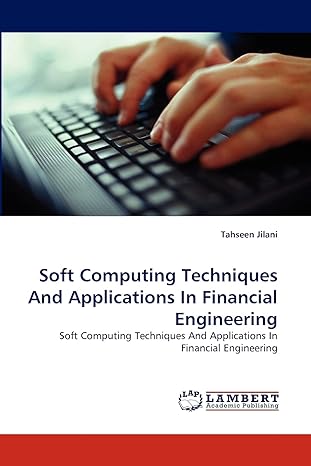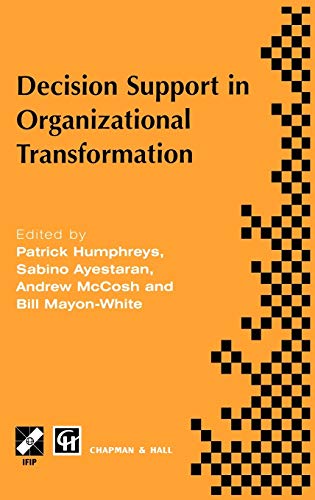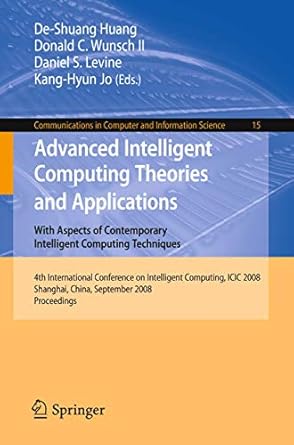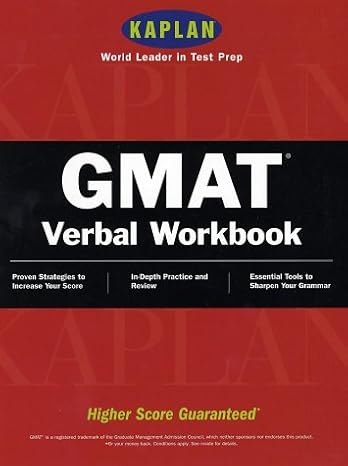Go back


Soft Computing Techniques And Applications In Financial Engineering Soft Computing Techniques And Applications In Financial Engineering(1st Edition)
Authors:
Tahseen Jilani

Cover Type:Hardcover
Condition:Used
In Stock
Shipment time
Expected shipping within 2 DaysPopular items with books
Access to 30 Million+ solutions
Free ✝
Ask 50 Questions from expert
AI-Powered Answers
✝ 7 days-trial
Total Price:
$0
List Price: $69.71
Savings: $69.71(100%)
Solution Manual Includes
Access to 30 Million+ solutions
Ask 50 Questions from expert
AI-Powered Answers
24/7 Tutor Help
Detailed solutions for Soft Computing Techniques And Applications In Financial Engineering Soft Computing Techniques And Applications In Financial Engineering
Price:
$9.99
/month
Book details
ISBN: 3838372042, 978-3838372044
Book publisher: LAP LAMBERT Academic Publishing (June 22, 2010)
Get your hands on the best-selling book Soft Computing Techniques And Applications In Financial Engineering Soft Computing Techniques And Applications In Financial Engineering 1st Edition for free. Feed your curiosity and let your imagination soar with the best stories coming out to you without hefty price tags. Browse SolutionInn to discover a treasure trove of fiction and non-fiction books where every page leads the reader to an undiscovered world. Start your literary adventure right away and also enjoy free shipping of these complimentary books to your door.
Book Summary: Soft Computing is an emerging approach which parallels the remarkable ability of the human brain to reason and learn in an environment of uncertainty and imprecision. It is one of the most emerging consortiums of methodologies including artificial neural networks (ANNs), fuzzy logic (FL) etc. They provide tractable, robust and lower cost solutions to the complex and gigantic real world-problems with the help of functional approximations and learning paradigms. It can also handle linguistic uncertainties, vagueness and imprecision involved in real life problems with reduced mathematical complexities. Soft computing techniques have outperformed the conventional approaches with lesser complexity, vagueness, tuning requirements and higher level of robustness, and tractability. On the other hand, most of the actuarial problems are stochastic in nature with soaring noises and variable volatilities, resulting in signals that are complicated to handle with conventional modeling and forecasting techniques.
Customers also bought these books
Frequently Bought Together
Top Reviews for Books
Cassandra lang
( 4 )
"Delivery was considerably fast, and the book I received was in a good condition."










